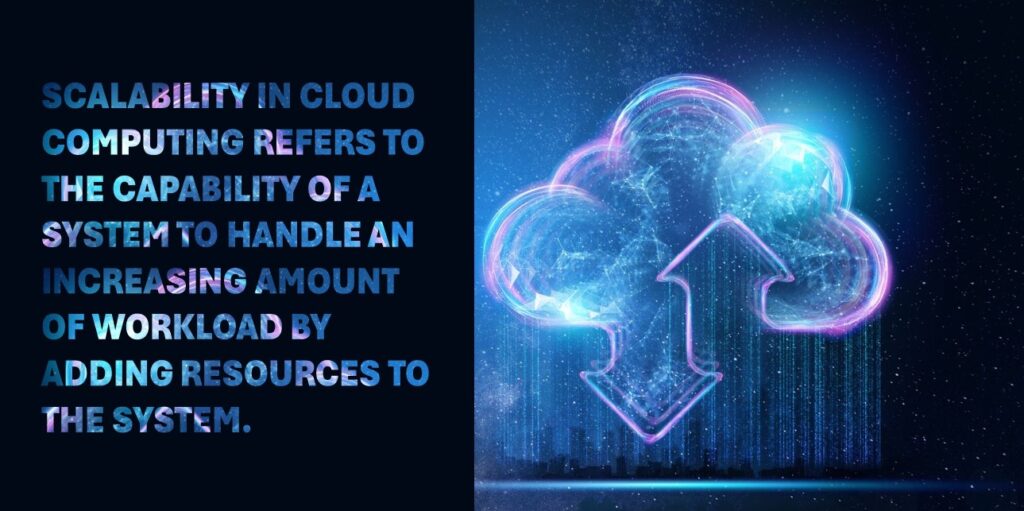Advantages, Risks, and Operation of the Cloud
July 16, 2024

The advent of cloud computing has revolutionized how businesses operate, offering unparalleled flexibility, scalability, and efficiency. However, with these advantages come potential risks that need to be carefully managed. In this blog, we will explore the benefits, dangers, and workings of cloud computing to provide a comprehensive understanding of this transformative technology.
Understanding Cloud Computing
Cloud computing refers to the delivery of computing services—servers, storage, databases, networking, software, analytics, and intelligence—over the Internet (“the cloud”). Instead of owning and maintaining physical data centers and servers, businesses can rent access to these services from a cloud provider.
How Cloud Computing Works
- Service Models:
- Infrastructure as a Service (IaaS): Provides virtualized computing resources over the Internet. Users can rent virtual machines, storage, and networks, paying for what they use.
- Platform as a Service (PaaS): Offers hardware and software tools over the Internet, typically used for application development. This model allows developers to build applications without worrying about underlying infrastructure.
- Software as a Service (SaaS): Delivers software applications over the Internet, on a subscription basis. Users can access these applications through a web browser, eliminating the need for local installation and maintenance.
- Deployment Models:
- Public Cloud: Services are delivered over the public Internet and shared across multiple organizations. Examples include AWS, Microsoft Azure, and Google Cloud Platform.
- Private Cloud: Services are maintained on a private network and used exclusively by a single organization. This model offers more control and security but can be more expensive.
- Hybrid Cloud: Combines public and private clouds, allowing data and applications to be shared between them. This approach offers greater flexibility and optimized infrastructure.
- Key Components:
- Virtualization: Enables the creation of virtual instances of physical hardware, allowing for efficient resource utilization.
- Network: Facilitates the transfer of data between the user and the cloud data centers.
- Storage: Provides scalable storage solutions, often distributed across multiple locations for redundancy and availability.
- Management Tools: Include dashboards, APIs, and other interfaces for monitoring, managing, and scaling resources.

Benefits of Cloud Computing
- Cost Efficiency: Reduces the need for large capital expenditures on hardware and software. Businesses pay only for the resources they use, converting capital expenses into operational expenses.
- Scalability and Flexibility: Easily scale resources up or down based on demand. This flexibility is particularly beneficial for businesses with fluctuating workloads.
- Accessibility and Collaboration: Enables access to applications and data from any location with an Internet connection. This fosters collaboration among remote teams and supports the growing trend of remote work.
- Disaster Recovery and Business Continuity: Cloud providers offer robust disaster recovery solutions, ensuring that data is backed up and can be quickly restored in case of an outage or disaster.
- Automatic Updates: Cloud services typically include automatic updates, ensuring that software and infrastructure are always up-to-date with the latest features and security patches.
Dangers and Risks of Cloud Computing
- Security Concerns: Storing sensitive data in the cloud introduces risks related to data breaches, unauthorized access, and insider threats. Ensuring data security and privacy requires robust security measures and compliance with regulations.
- Downtime and Reliability: Dependence on cloud service providers means that any downtime or service interruptions can significantly impact business operations. Ensuring high availability and reliability is crucial.
- Data Privacy and Compliance: Cloud environments often span multiple jurisdictions, complicating compliance with data privacy regulations like GDPR, HIPAA, and others. Businesses must ensure their cloud providers comply with relevant laws and regulations.
- Vendor Lock-In: Moving data and applications between cloud providers can be challenging, potentially leading to vendor lock-in. This can limit flexibility and increase costs if a business decides to switch providers.
- Limited Control: Using cloud services means relinquishing some control over infrastructure management. While this can be beneficial in reducing operational burdens, it can also limit customization and control.

Mitigating Cloud Risks
- Data Encryption: Use strong encryption for data at rest and in transit to protect sensitive information from unauthorized access.
- Regular Audits and Compliance Checks: Ensure that cloud providers adhere to industry standards and compliance requirements. Regular audits can help identify and address potential vulnerabilities.
- Robust Access Controls: Implement strict access controls and multi-factor authentication (MFA) to protect against unauthorized access.
- Backup and Disaster Recovery Planning: Develop comprehensive backup and disaster recovery plans to ensure business continuity in the event of a cloud service outage or data loss.
- Vendor Evaluation and SLA Review: Carefully evaluate cloud providers and review their Service Level Agreements (SLAs) to ensure they meet your business needs and reliability expectations.

Cloud computing offers transformative benefits that can significantly enhance business operations, from cost savings and scalability to improved collaboration and disaster recovery. However, these advantages come with potential risks that must be carefully managed. By understanding the workings of cloud computing and implementing robust security and compliance measures, businesses can leverage the power of the cloud while minimizing exposure to its inherent dangers. As the cloud continues to evolve, staying informed and proactive in managing cloud security will be essential for harnessing its full potential.
Have Any Question?
Call or email Cocha. We can help with your cybersecurity needs!
- (281) 607-0616
- info@cochatechnology.com




